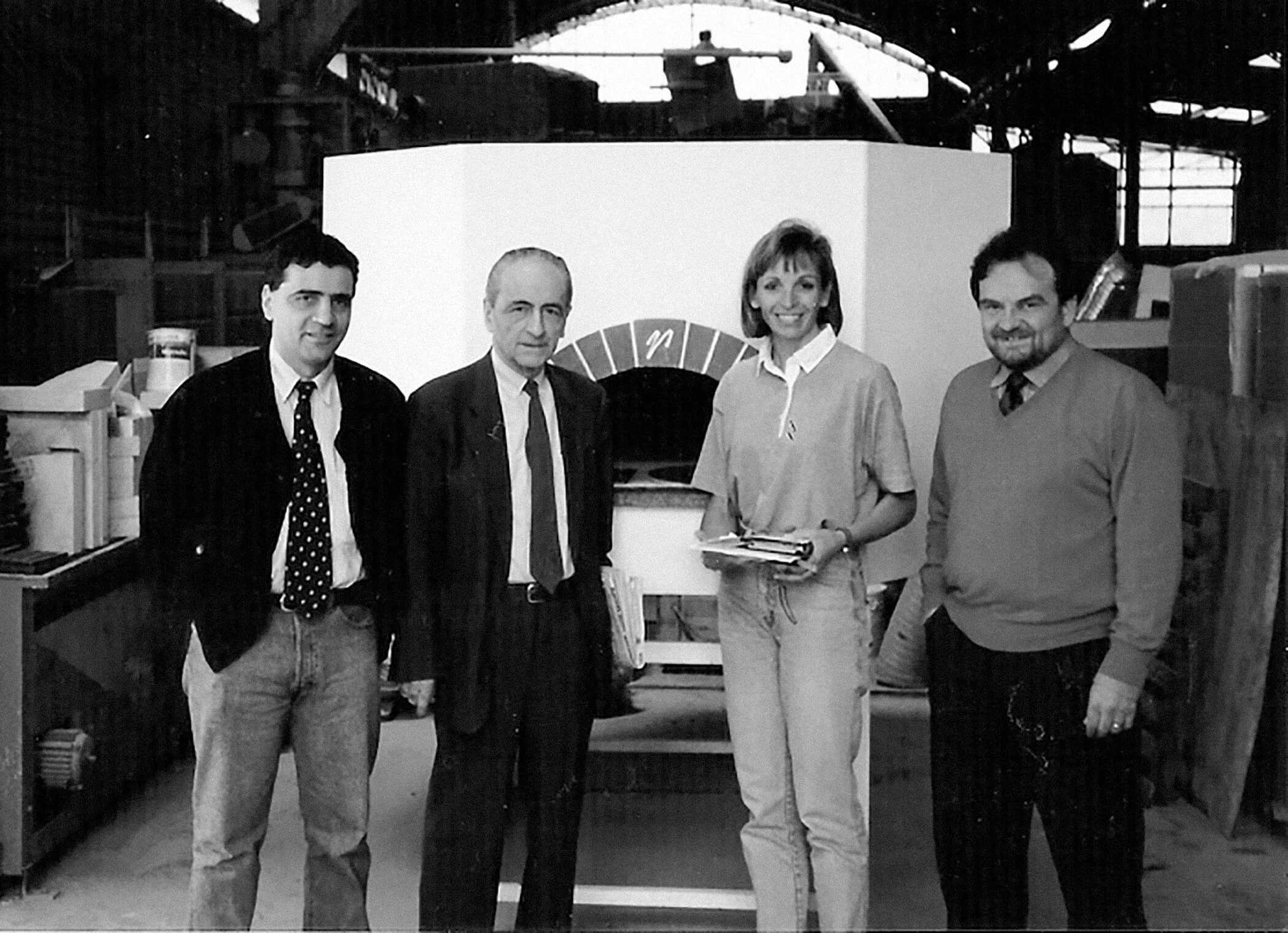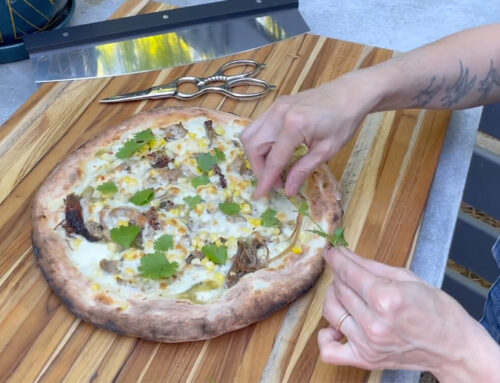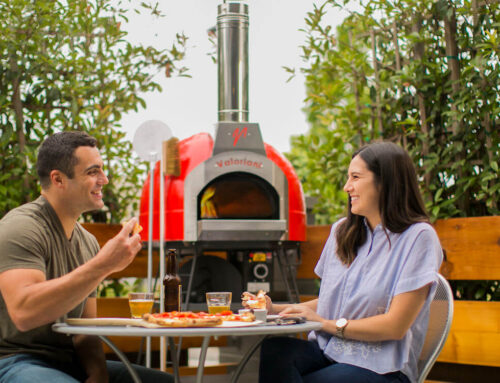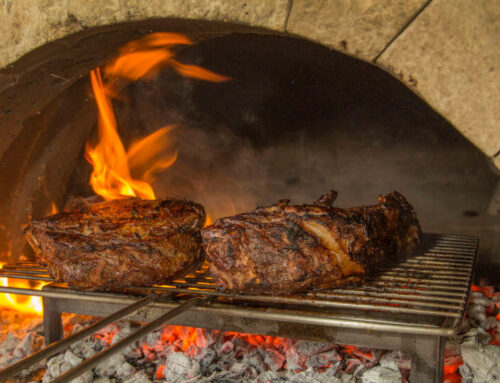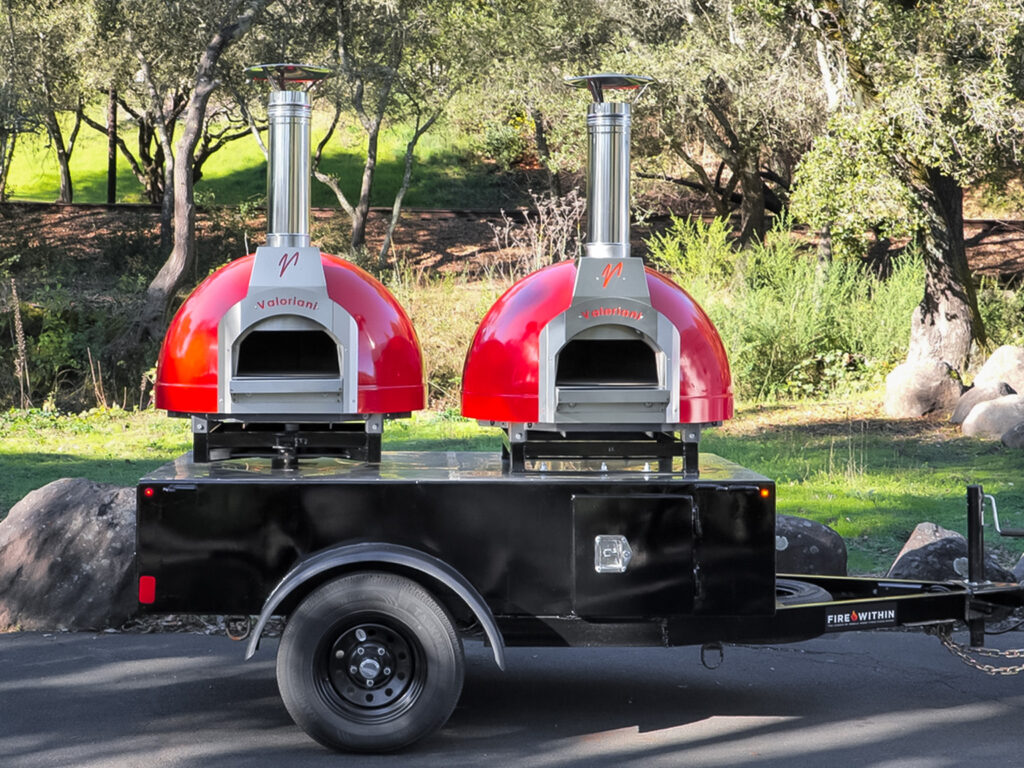Andrea Mugnaini followed her passion — into the food business.
By Rebecca Dalzell (Read original article.)
This story is part of The Pursuit, a series in which small business owners share insights on how they build their enterprises — and follow their dreams, brought to you by Chase for Business reprinted with permission of the author.
In 1989, when Andrea Mugnaini began importing open hearth wood-fired Italian ovens to the United States, food had not yet become a national obsession. There was no Food Network, and few celebrity chefs. People said Italian ovens were a risky investment. The Italian manufacturer thought a country used to simply pressing “start” on a microwave oven wouldn’t be interested in lighting a fire to start dinner in an open hearth oven.
Yet, despite many sleepless nights, Mugnaini believed she’d found a product capable of creating unique flavors, as well as communal experience, that would appeal to cooks. Building a customer base out of her home office, now, nearly three decades later, Mugnaini Imports has made fans out of world-class chefs—as well as home cooks from Canada, the US and Mexico.
In the following interview, Mugnaini explains how she broke through in the American market, built her own manufacturing center, as well as a cooking school, and still answers customer calls herself.
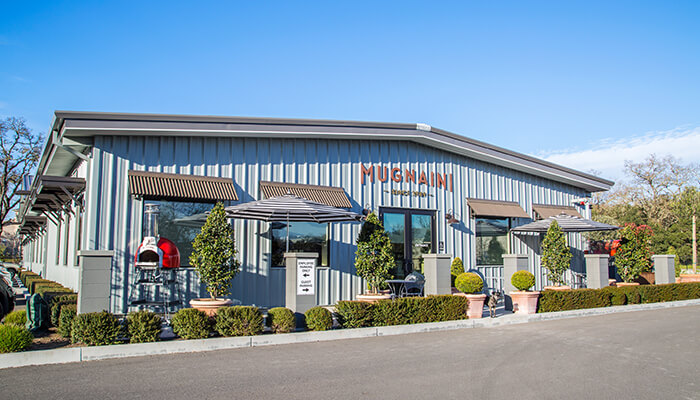
Here’s an excerpt, edited and condensed for clarity.
Chase: How did you discover the oven?
Mugnaini: I was looking for a career change and had an opportunity to import Italian wines and olive oils to California. I went to Tuscany and Piedmont for training. I first saw the oven in restaurants. Then, as I made friends, I found that every country house had one in outdoor kitchens. I had never cooked like that, and the food—crisp pizzas, roasted vegetables and baked fish—was amazing. It was much more dynamic than the grill sitting in my yard at home.
Chase: What made you consider selling it in the United States?
Mugnaini: I didn’t really consider it as a business, initially. When I got home, I installed a commercial oven. This was a restaurant appliance, because there wasn’t much available at the time for home use. I tried to entertain and cook for my friends and family, but it just didn’t work like the ones I had used in Italy. So that really led me to think about serving the home market. I knew there were people like me who would embrace this style of cooking.
Chase: What was the initial reaction to your idea?
Mugnaini: People thought I was crazy. I went to the Italian manufacturer and they said they were not interested. They couldn’t think of Americans cooking like this. They thought we used microwaves and high-tech methods. They agreed to sell me a handful of ovens to begin with, and I had to pay them in cash.
Chase: How did you finance the company?
Mugnaini: My husband and I financed it, and it was a risk. All my advisors said, “Don’t do it.” But I trusted myself. After that first year, there were all the right signs, and I never looked back. But there were a lot of sleepless nights.
Chase: Who were customers?
Mugnaini: My first couple of years I really targeted the home market. Then I branched into high-end independent restaurants.
Chase: How did you sell them?
Mugnaini: Back then — we’re talking pre-internet — I did trade shows, print ads. I would drag people home to see the oven and do demonstrations. It’s most effective when they see it, taste it and live it for 20 or 30 minutes. You are using your senses. It’s not just putting something in the oven, shutting the door and walking away. I do a three-hour class where I create a full meal — using vegetables from the garden, fish, wild game. On multi-day courses, we’ll also do overnight cooking — once the ovens absorb the heat, they’re designed to hold onto that — so we do big terra-cotta pots of beans. We show students that in the morning you can open the oven up and in go the eggs, frittata, pots of oatmeal or cinnamon rolls.
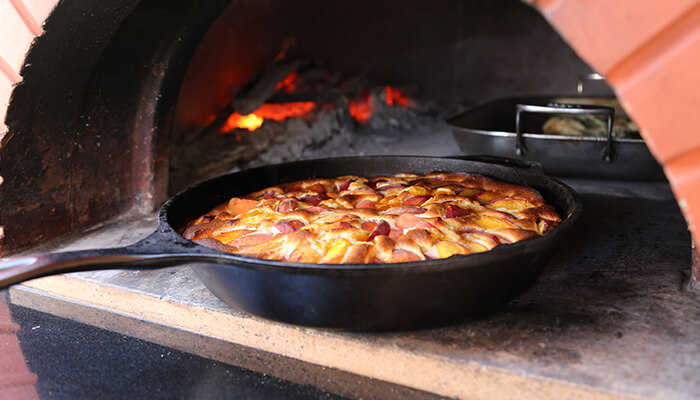
Chase: What were challenges?
Mugnaini: Sometimes people would walk by in a trade show — to this day, it’s one of the reasons I don’t really call it a pizza oven — and they’d go, ‘pizza oven, oh my gosh why would I do all that just for pizza?’ Two misconceptions are that it takes a long time to heat, and it’s complicated to operate. The oven takes an hour to heat from room temperature, but you can roast vegetables while it warms up. When it’s hot, pizzas take three minutes to bake.
Chase: How did you overcome these kind of misconceptions?
Mugnaini: Perseverance. If it wasn’t something I was confident about, I don’t think I could have done it. It wasn’t like it was new to the world — generations had used it. But it was new to the American market. The live demonstration became an effective way of communicating what this was. My belief allowed me to be convincing.
Chase: What’s a typical day like?
Mugnaini: Every day of my life is filled with clients. I had a couple from Alabama yesterday I was training with. But an important part to my business is a personal touch. No matter how efficient we are with technology. I hear it over and over again when I pick up the phone that people appreciate having somebody answer the phone and help them.
Chase: What kind of changes have you seen?
Mugnaini: On the commercial end, when I first started the oven was limited to Italian pizzerias. Now I have them in Mexican restaurants, fish restaurants, we put them on trucks and trailers for our catering clients. Wineries put them in. It’s fun to see them in grocery stores. For the home cook, they’ve become a standard appliance for both indoor and outdoor kitchens.
Chase: After 28 years in business, what are you proudest of?
Mugnaini: Bringing back a human way of cooking. It engages you. We use our senses: visual assessments, touch and smell. It brings people together, because it becomes the focal point of a gathering.
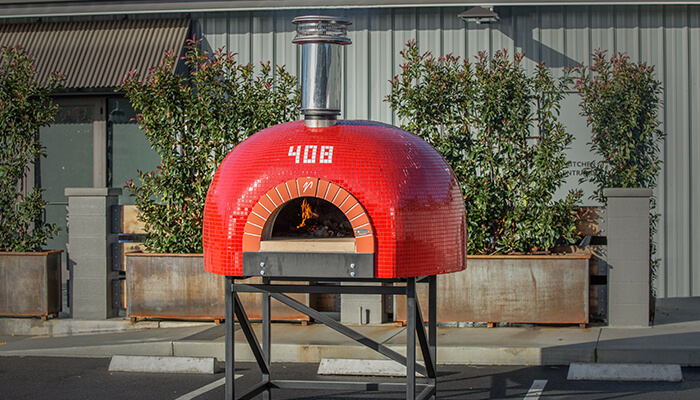
Andrea Mugnaini’s tips for small businesses:
- Believe in yourself, even if no one else does
- Don’t give up, keep pushing
- Remember to keep the personal touch, customer service is important
- Be ready to innovate as markets mature
- Seek expert advice, but trust your instincts, too

